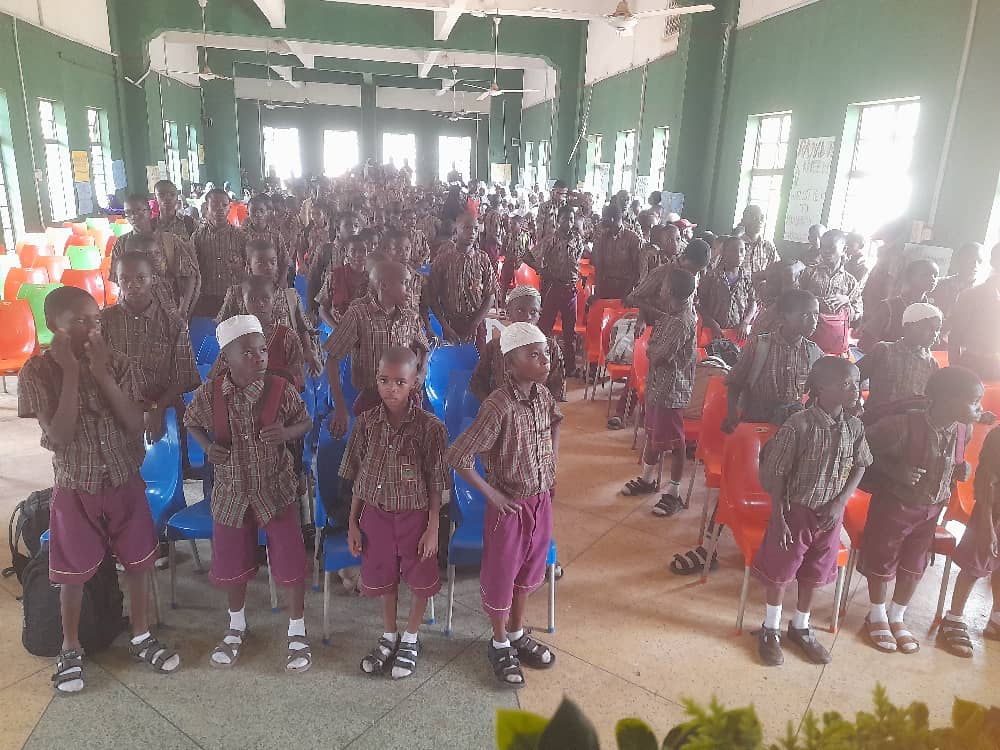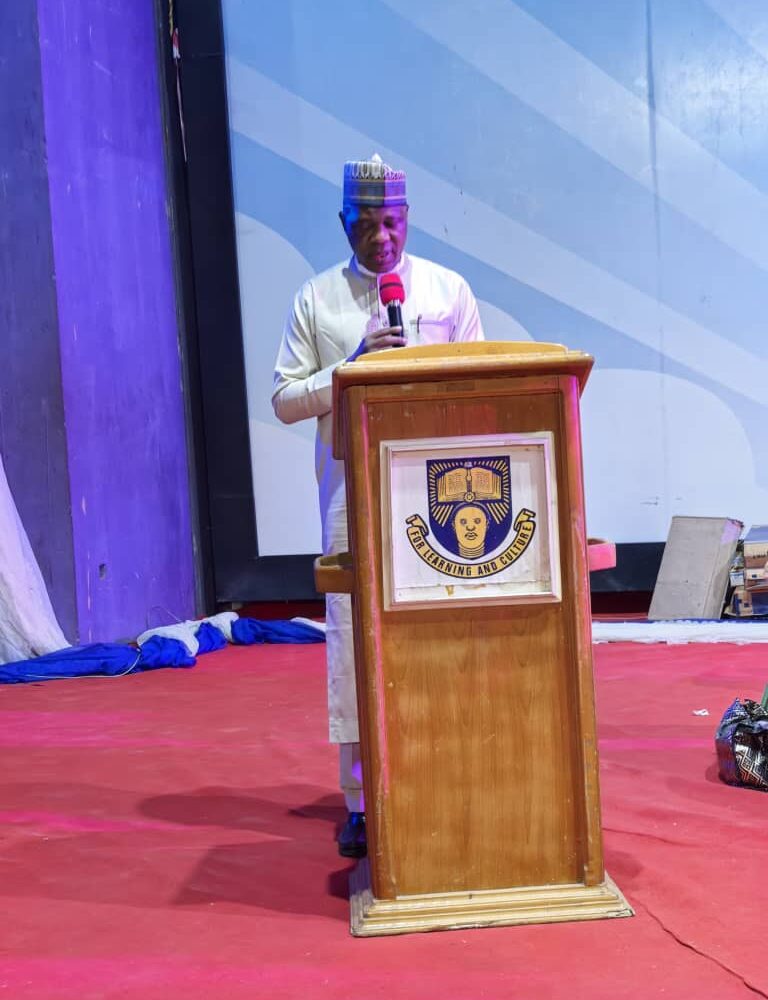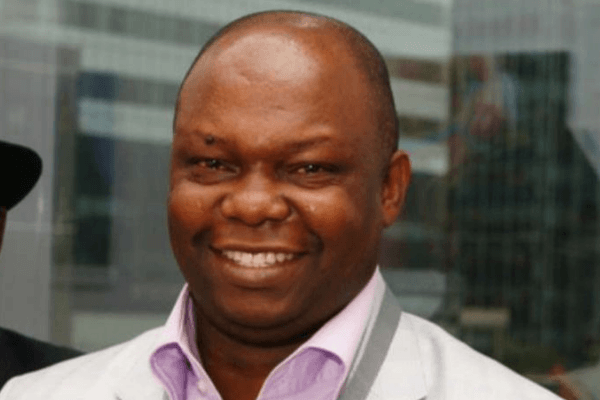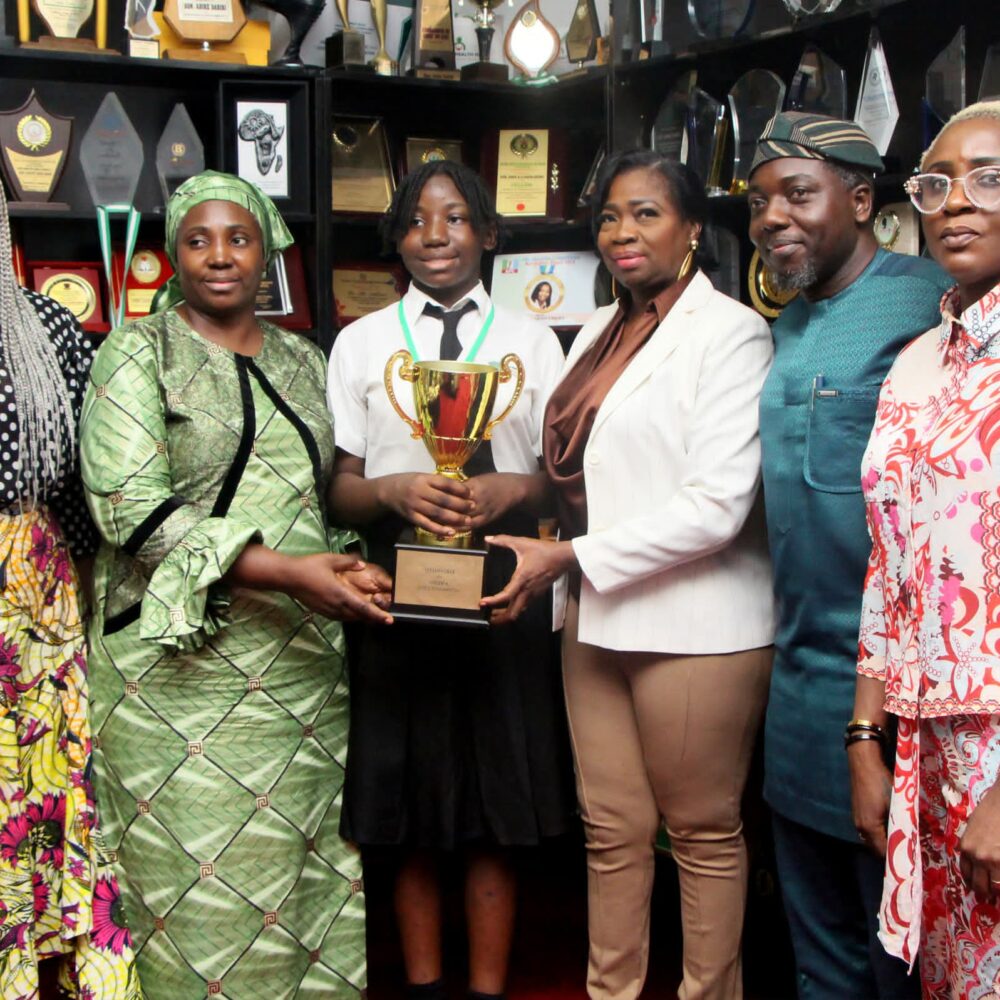Our education system should be a peculiar format that suits our demands on students for the general progress of Nigeria. We can learn from great nations with good education policies that’s in tandem with what we have for ultimate achievement. A cursory look at the Japanese and Montessori models as case studies is quite apt.
The Japanese education system is renowned for its rigorous academic standards, discipline, and innovative approaches with a comprehensive overview Primary Education Ages 6-12, Junior High School Ages 13-15, High School Ages 16-18, Higher Education Ages 18 and above. This gels with our system.
Pertinent emphatic features of this system are hard work and diligence, highly competitive entrance exams, strong focus on science, technology, engineering, and mathematics (STEM), Unique teaching methods (e.g., Team Teaching, Problem-Solving Learning) and Extracurricular activities (e.g., clubs, sports) for character development. We are not far away from this.
The curriculum involves Japanese language and literature, Mathematics, Science, Social studies, English language, Physical education, Music and art with teaching methods that are Lecture-style teaching, Group work and collaboration, Hands-on learning (e.g., science experiments), Project-based learning and Technology integration (e.g., digital textbooks). Much as we imbibe the STEM methods, we are lost in using our local languages for better learning. India a modern tech giant also uses local languages as part of its education.
Assessments and evaluations are based on national standardized tests, school-based assessments and regular progress reports.
With this mode of education, Japanese students by international standards rank high and are consistently among top performers in reading, mathematics, and science
Education is a continuous work in progress with challenges that are overcome with reforms addressing bullying and student stress, improving teacher training and support, enhancing diversity and inclusivity, integrating technology and digital literacy and reforming entrance examinations to both secondary schools and universities.
A concise education system of the Japanese has given the nation the highest literacy of 99% on a global scale with school uniforms to maintain discipline and oneness. Lunches are often provided by schools as encouragement to students and relieve to parents. Extracurricular activities are highly valued and some schools have unique features (e.g., rooftop gardens, outdoor classrooms). Outdoor classrooms are nature inclusive as a feature and not the norm as the case in Nigeria where the classroom structure is non -existent.
Montessori education as a second case study is a child-centered approach developed by Italian physician and educator Maria Montessori. It emphasizes self-directed learning, hands-on activity, and collaborative play. This mode is achieved at the early stage of life from age 2-5years. We had this in Nigeria years back but presently, parents put their wards to school way too early.
The working principles here are Self-Directed Learning which encourages children to explore and learn at their own pace, Hands-On materials specially designed to promote sensory learning and understanding, Mixed-Age classrooms where children of different ages learn together, fostering socialization and peer-to-peer teaching, Uninterrupted Work Periods for long blocks of time for focused work and exploration and Specially Trained Teachers that are observant and supportive, rather than lecturing.
Montessori Methods also expands basic practical life everyday activities of the child (e.g., cooking, cleaning) develop fine motor skills and independence, Sensorial feel on materials and activities to refine sensory perception (e.g., texture, color, sound), language skills and phonetics-based reading and writing, simple concrete materials as introduction to abstract concepts and cultural studies for integrated curriculum covering science, history, and geography.
A breakdown of Montessori levels gives insight to trajectory of operations. The Infant-Toddler group (0-3yeara) allows for exploration and sensory development, the Primary (3-6years) provides a foundation for reading, writing, and mathematics, the elementary group (6-12years) posits a position of Integrated curriculum and research skills and the Secondary level (12-18years) makes room for Advanced academic and life skills.
There are benefits herein that the Nigerian education system can imbibe based on the elements of independence that encourages self-motivation and self-directed learning, critical thinking that develops problem-solving skills, socialization that fosters cooperation, respect, empathy and academic excellence that prepares children for future academic success and holistic development that addresses physical, emotional, and cognitive growth.
If we study the format of the Japanese education system and the Montessori system and super impose our 6-3-3-4 system, we will find a correlation that imbibes good education if all necessary parameters and procedures are put in place.
Good endeavors always come with challenges and criticisms that can be managed with a bold agenda and a bold personality to see it through to logical conclusions. Education comes at high cost, schools can be expensive, limited availability occur in areas that are far flung, adaptability by some children who may struggle with educational schooling and lack of basic school infrastructure and some critics, religious or otherwise that argue that education is a waste of time and as such unnecessary.
Famous personalities with early life grooming of personal aptitude that comes with “playing with sand in early life”. Google founders (Larry Page and Sergey Brin), Amazon Founder (Jeff Bezos), Will Wright (Creator of SimCity), Gabriel García Márquez (Nobel Prize-winning Author) and numerous others.
Back home here in Nigeria, we have the education policy of 6-3-3-4 system. Implementing this policy in a concise manner will achieve all we need for education.
The first step (6-3-3-4) is for primary education where the basic rudiments and fusion of letters and figures are imbibed. The second step (6-3-3-4) is the first lap of secondary education aptly called JSS (junior secondary school). The third step (6-3-3-4) is the second lap of secondary education called SSS (senior secondary school). These three steps are the grand foundation of education. This is where every child gets educated within the tenets of knowing what to do and how to do it. Serious attention is here needed to make sure that the student is equipped with enough aptitude to decide what endeavor he craves or loves to do in life given the opportunity. The fourth step (6-3-3-4) is where specialization comes from universities of choice offering required discipline.
There is an advantage in Nigeria’s education policy as above but we fail to implement in totality. Our policy dictates a junior secondary school (JSS) for all students to acquire basic education, a senior secondary school (SSS) based on theoretical education and skill acquisition. The element of skill acquisition is highly important here. We are different in our mental capacity and capabilities which in this case allows for talented students with God given aptitude for skills to go ahead and improve same such as carpentry, masonry, welding, auto mechanics, music amongst others to be given a level playing field to pursue and upgrade their talents outside of theoretic. This entails a dedicated school infrastructure of laboratories, workshops and practical sites for masonry and auto mechanics.
In all of this, we should have a trajectory of life where infants build their brains with concise contact with the mother generating millions of synapses per second to form a humane mentality. Little wonder every normal human will never allow a curse on the mother simply because of that initial formative bond. Also, we should allow for those formative years to “play with sand” and grow without school stress else, we tend to “play with sand” in adulthood.
We should embrace an education system that suits our inherent mental capabilities and brings out the best in us. We should also learn from global best practices as opined with the Japanese and Montessori systems of education.





